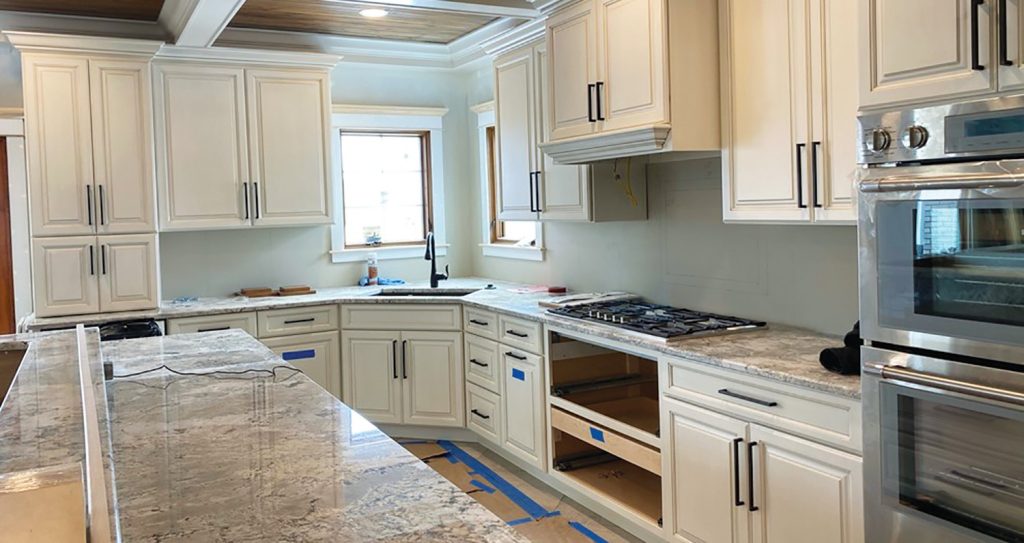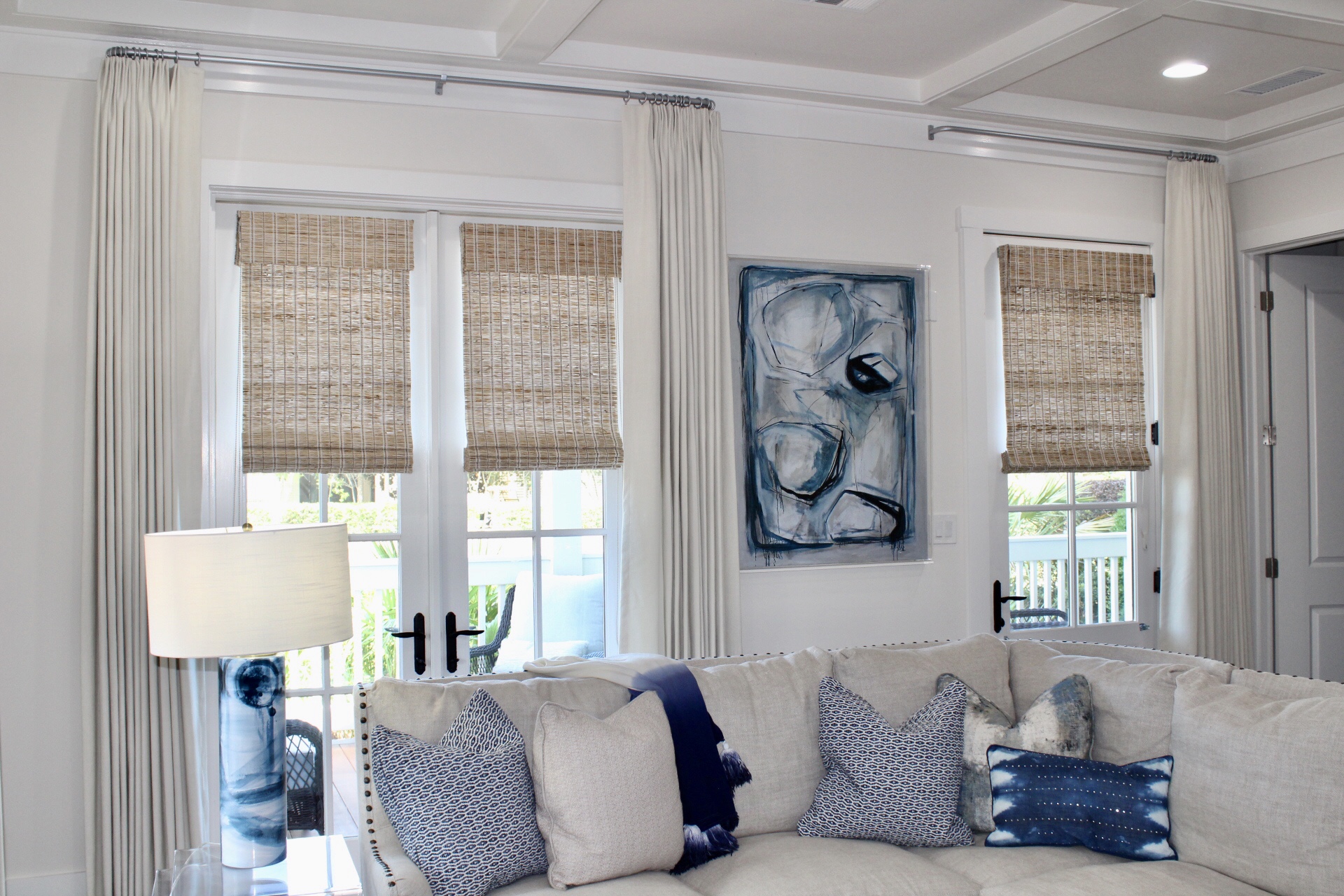Elevate Your Living – Home Improvement Marketing for a Brighter Tomorrow
In the ever-evolving landscape of modern living, our homes are more than just physical structures they are a reflection of our aspirations, a sanctuary of comfort, and a canvas for personal expression. As we navigate the challenges of the present, the concept of home has taken on new significance, emphasizing the need for spaces that foster well-being, functionality, and aesthetic appeal. In this context, home improvement becomes not just a trend but a lifestyle choice—an investment in a brighter, more enriching tomorrow. At the heart of our philosophy lies the belief that home improvement is not merely about fixing what is broken or updating outdated decor. It is a holistic approach to enhancing the quality of life, embracing the idea that a well-designed and efficiently organized home can significantly contribute to our overall happiness and productivity. Our mission is to inspire homeowners to elevate their living experiences through thoughtful and innovative home improvement solutions. The key to a brighter tomorrow starts with creating environments that adapt to our evolving needs. Our range of services spans from functional renovations that maximize space utilization to aesthetic upgrades that breathe new life into living spaces.
Whether it is a kitchen remodel that transforms mealtime into a culinary adventure or a bathroom renovation that turns the daily routine into a spa-like retreat, we are committed to crafting solutions that resonate with the unique lifestyle aspirations of our clients. In an era where sustainability is paramount, our approach to home improvement goes beyond aesthetics and functionality. We champion eco-friendly practices, emphasizing the use of sustainable materials and energy-efficient solutions to reduce the environmental impact of our projects. We believe that a beautiful home should not come at the expense of the planet, and by making conscious choices, we contribute to a greener and more sustainable future. In the spirit of collaboration, we work closely with our clients to understand their vision and translate it into tangible, transformative results. Our team of skilled professionals combines creativity with technical expertise, ensuring that each project is a seamless blend of aesthetics, functionality, and durability.
From concept to completion, we prioritize open communication, transparency, and a commitment to exceeding expectations. To inspire and educate our community, we curate a wealth of resources on home improvement trends, design ideas, and sustainable practices and click this link. Through informative blog posts, engaging social media content, and regular workshops, we aim to empower homeowners with the knowledge they need to make informed decisions about their living spaces. After all, an informed homeowner is an empowered homeowner, capable of turning their dreams of an elevated living space into a reality. In the dynamic world of home improvement, we invite you to embark on a journey with us—an exploration of possibilities that goes beyond the ordinary. Elevate your living, not just for today but for a brighter tomorrow. Together, let’s reimagine the spaces we call home and create environments that inspire, comfort, and enrich our lives. Because when we invest in our homes, we invest in our well-being, our future, and a better, brighter tomorrow.





